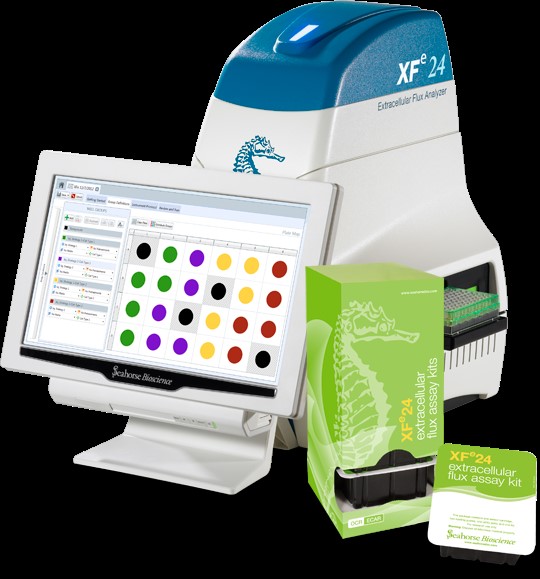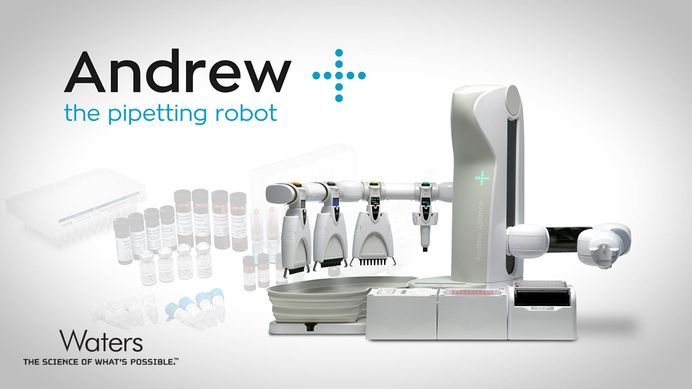Mass Spectrometry Core
| Home | Publications | Rates | Reservations |
|---|
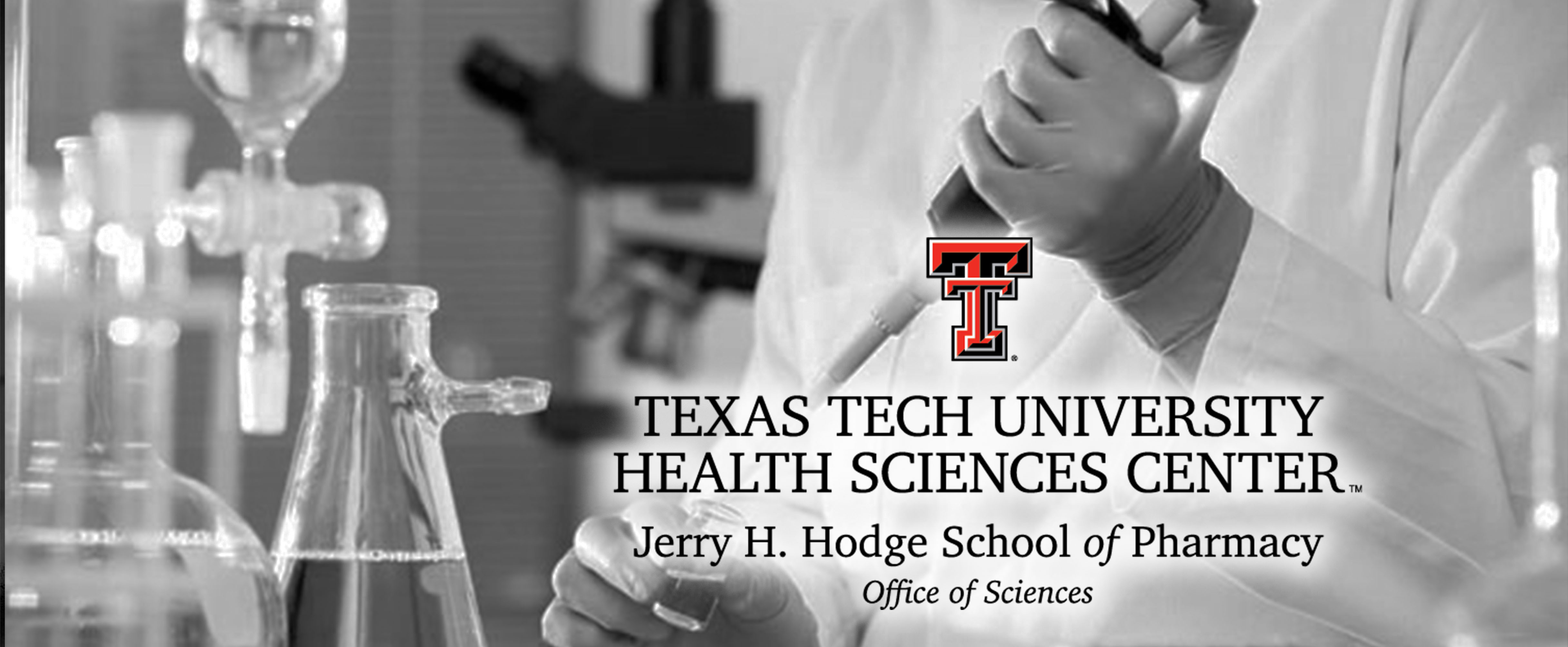
The Mass Spectrometry Core Lab is committed to advancing scientific research and promoting a safer and healthier world through cutting-edge analytical services and expert advisory support. Our mission is to foster innovation, deliver timely results, and maintain the highest standards of quality using state-of-the-art instrumentation and scientific excellence. By collaborating with researchers across diverse fields, we aim to drive discoveries, empower decision-making, and contribute to the global pursuit of knowledge.
Mass Spectrometry Core Instruments:
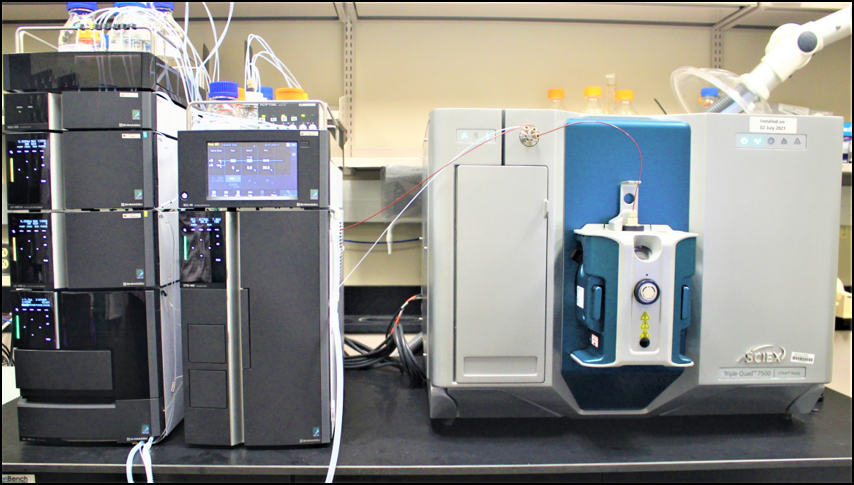
About:
This instrument offers a superior quantitative result with its Triple Quadrupole (QQQ) technology as well as optional Linear Ion Trap (LIT) functionality. This instrument mostly used in our core facility for the Multiple Reaction Monitoring (MRM) of small molecules quantitative analysis which provides highly sensitive and reproducible results from complex matrices such as plasma, urine, tissues, etc. The QTRAP technology offers additional scan type such as MRM3 (MS/MS/MS), Enhanced Product Ion Scans (EPI) and many more that offers additional benefits of septicity and semi-qualitative analysis through its unique QTRAP technology.
Whether your research emphasizes on drug discovery and development, Biomarker study, food and beverages analysis or searching an answer from complex analysis, the 5500 & 7500 QTRAP system is equipped to handle those challenges.
Key Features:
- D Jet ion guide: Capture more of the ESI plume and retain more important ions. The D Jet ion guide concentrates samples and removes gas molecules and neutral ions.
- QTRAP system: Gain additional QTRAP functionality. Pairing conventional MRM workflows and Enhanced product ion scans enable improved confidence in acquired data. MRM3 workflows push quantification levels through matrix interferences.
- Detection: Attain lower levels of quantification. The precise and robust engineering of the ion rail allows consistent and reproducible analysis time after time, by focusing the crucial ions you need for your workflow.
- Ionization source: Execute fast interchanges between high flow and low flow to adapt to your workflow needs. The OptiFlow Pro ion source introduces a new modularity feature and incorporates the reliability and efficiency of the legendary Turbo V ion source.
- E Lens probe: Get a stronger gradient around the orifice and protect your precious sample. With E Lens Technology, the SCIEX Turbo V Ion Source geometry is enhanced in the new OptiFlow Pro Source, which focuses transmission of the ESI plume into the orifice of the system.
Location: Texas Tech University Health Sciences Center, Amarillo Research Building, 1406 Coulter
St. Room 2303
Amarillo, TX 79106
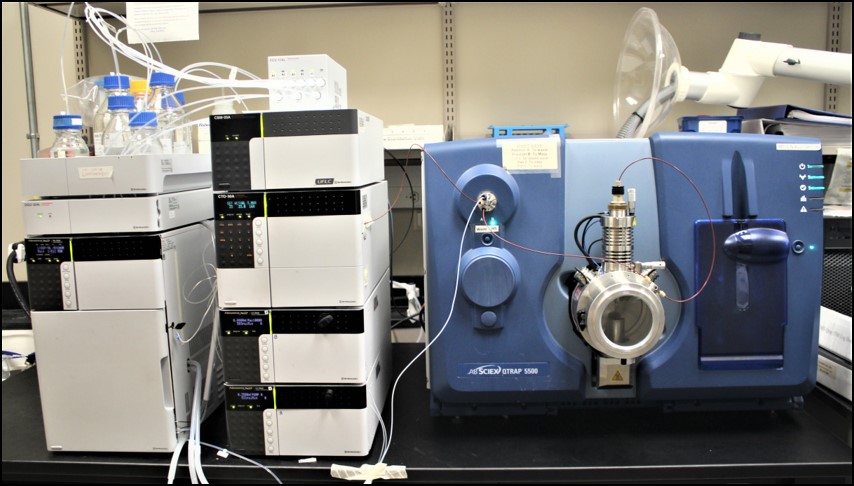
About:
The UHPLC/MS/MS system is composed of a highly sensitive AB SCIEX QTRAP 5500 mass spectrometer interfaced to a Shimadzu NEXERA Ultra High Performance Liquid Chromatograph (UHPLC). The NEXERA UHPLC offers pressure range up to 19000 psi and is suitable for both conventional and fast analysis in combining use of small particle column. The QTRAP 5500 is a hybrid Triple Quadrupole Linear Ion Trap mass spectrometer, offering some very unique features.
- Mass/charge range of 5-1250 Da in triple quadrupole mode and 5-1000 Da in linear ion trap mode.
- Operating software : Analyst 1.6.3; Quantitation software: MultiQuant 3.0.3.
- Multiple reaction monitoring (MRM) quantitation using triple quadrupole system.
- Both qualitative and quantitative analysis in single run.
- High sensitivity and relatively high resolution full-scan MS, MS/MS, and MS3 in Linear Ion Trap mode.
- Triple quadrupole precursor ion and neutral loss scans.
- Metabolite identification facilitated by LightSight 2.2.1and ACD/labs MS processor.
Location: Texas Tech University Health Sciences Center, Amarillo Research Building, 1406 Coulter Street, Room 2303, Amarillo, TX 79106
About:
Monitors bioenergetics of live cells, in real time, in a microplate.
The two major pathways to produce energy, mitochondrial respiration and glycolysis,
involve cellular consumption of oxygen and efflux of protons, respectively. Seahorse
XF technology uses label-free sensors to detect extracellular changes in these analytes
in order to measure rates of cellular respiration, glycolysis, and ATP production.
Cells are seeded in the assay wells of the custom 24-well XF microplate at a confluency
of 50-90%. Suspension cells are attached to the well bottom to maximize sensitivity.
Forms a microchamber and calculates rates of extracellular flux in minutes.
The instrument lowers the cartridge probes into the assay wells. The sensors are positioned
200 microns above the well bottoms, forming transient microchambers of approximately
7 microliters (28 for islet plates). As the oxygen and pH levels change, the changes
in the sensors are read by the instrument. Measurements are typically made for 3 minutes
and rates are calculated automatically. Upon completion of this measurement period
the probes are raised, allowing the extracellular medium to come back to baseline
conditions.
Injects up to 4 compounds to test responses or interrogate biology in real time.
The sensor cartridge also contains ports (4 per well) to enable injection of modulators
into the cell wells during the assay. When specified by the instrument protocol, the
system injects compound "A" into the assay wells and performs a gentle mixing step
to ensure distribution of the compound throughout the assay medium, followed by a
wait period. All wells are processed in this manner simultaneously. Subsequent measurement
cycles, any additional injections specified by the protocol, and rate calculations
are performed automatically.
Key Features:
- Live cell, real-time analysis of cellular energy metabolism platform in 24-well format
- Multiple parameters reported from each assay well, including OCR, PER or ECAR, and ATP product rates
- Large well size and transient microchamber to provide the capacity for larger and/or more metabolically active samples
- Robust response with as few as 10,000 cells per well in the custom 24-well plate
- Compatible with 3D study models such as islets and small organism (for example, zebrafish)
- Four-port injection system with automated mixing feature for assessing immediate cellular responses to substrates, inhibitors, and other compounds in real time
- Wide operation environment temperature of 4 to 30 °C, allowing the analyzer to maintain internal assay temperature of 16 to 42 °C for compatibility with a variety of samples
- Data files compatible with the web-based analytics tool, Seahorse Analytics
Location: Texas Tech University Health Sciences Center, Amarillo Research Building, 1406 Coulter Street, Room 1207A, Amarillo, TX 79106
About:
The Andrew+ is a state-of-the-art pipetting robot designed to revolutionize laboratory workflows. With its fully automated pipetting capabilities, it offers unparalleled precision and accuracy in liquid handling tasks. Equipped with a wide range of Domino Accessories and Andrew Alliance electronic pipettes, it enables not only routine pipetting but also complex manipulations with ease.
By seamlessly executing OneLab protocols, the Andrew+ eliminates the need for laborious manual procedures, reducing human error and increasing efficiency. This cutting-edge instrument empowers researchers to swiftly transition to error-free, robotic workflows, saving valuable time and resources.
In addition to its exceptional pipetting performance, the Andrew+ liquid handler boasts an impressive array of capabilities. It can seamlessly transport tubes and plates, streamlining sample preparation and processing. Furthermore, with its vacuum-assisted functionality, it can perform advanced techniques like solid-phase extraction, expanding its utility in diverse experimental workflows.
The Andrew+ represents a significant advancement in laboratory automation, empowering scientists to focus on higher-level tasks while achieving consistent and reproducible results.
How does it look: Please watch the following video.
https://ttuhsc.box.com/s/k1z95en5yvci0t8g7npj4ul60aph2ba7
Want to learn more about it? Please refer https://www.andrewalliance.com/pipetting-robot/#
Contact Us
 |
Ulrich Bickel, M.D.Associate Dean of Sciences |
 |
Dhaval Patel, M.S., MBAResearch Lab Manager |

